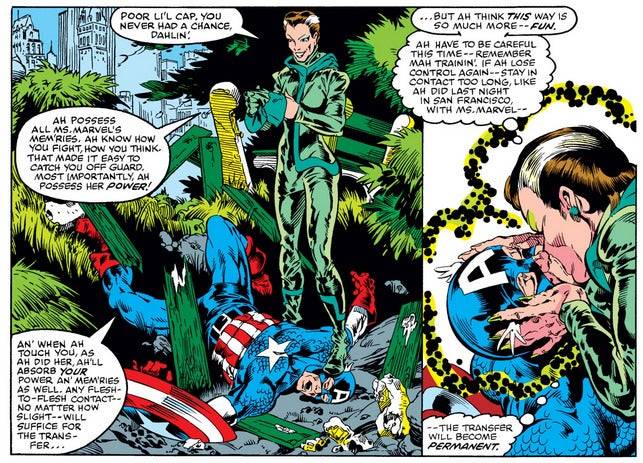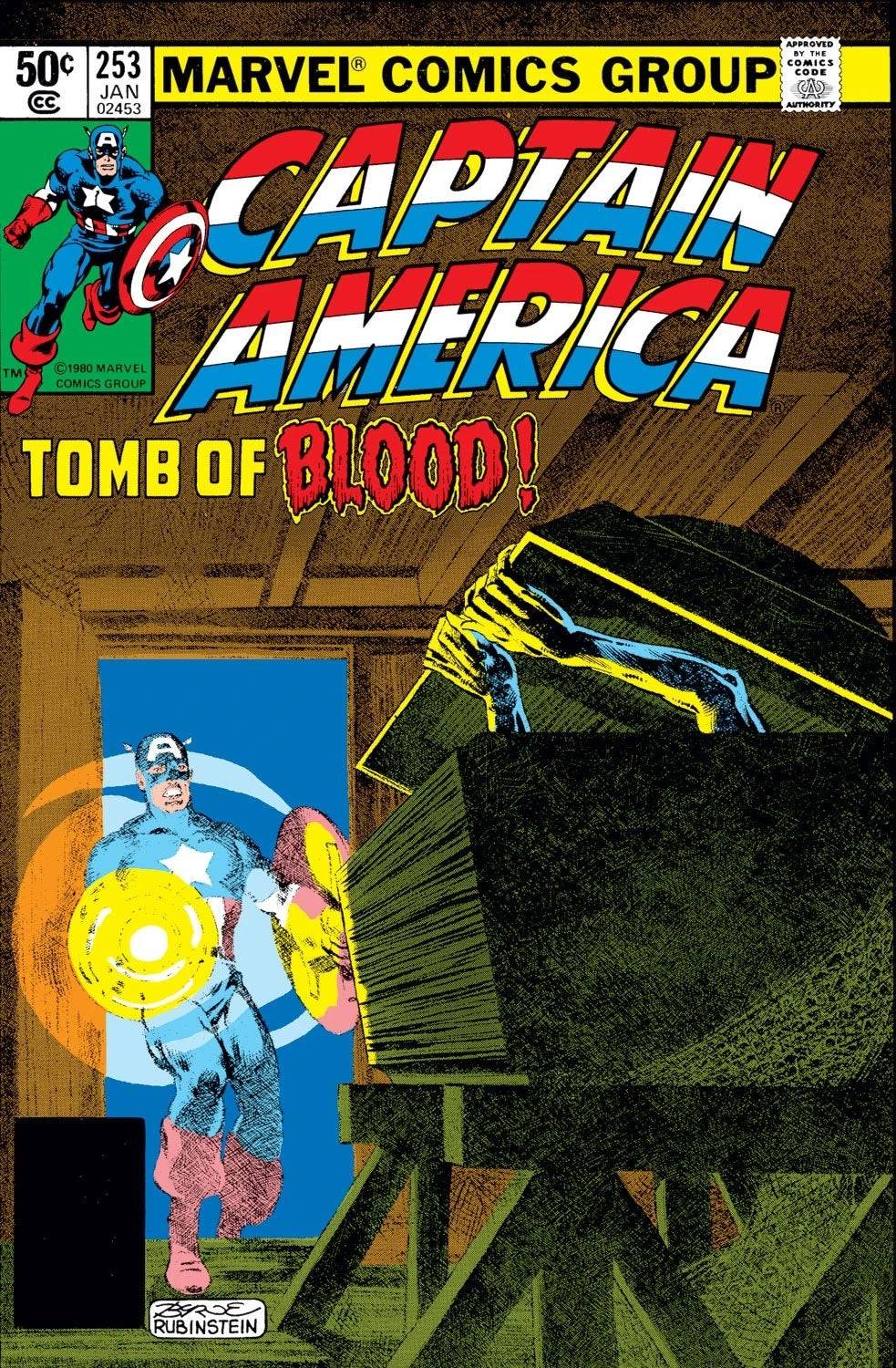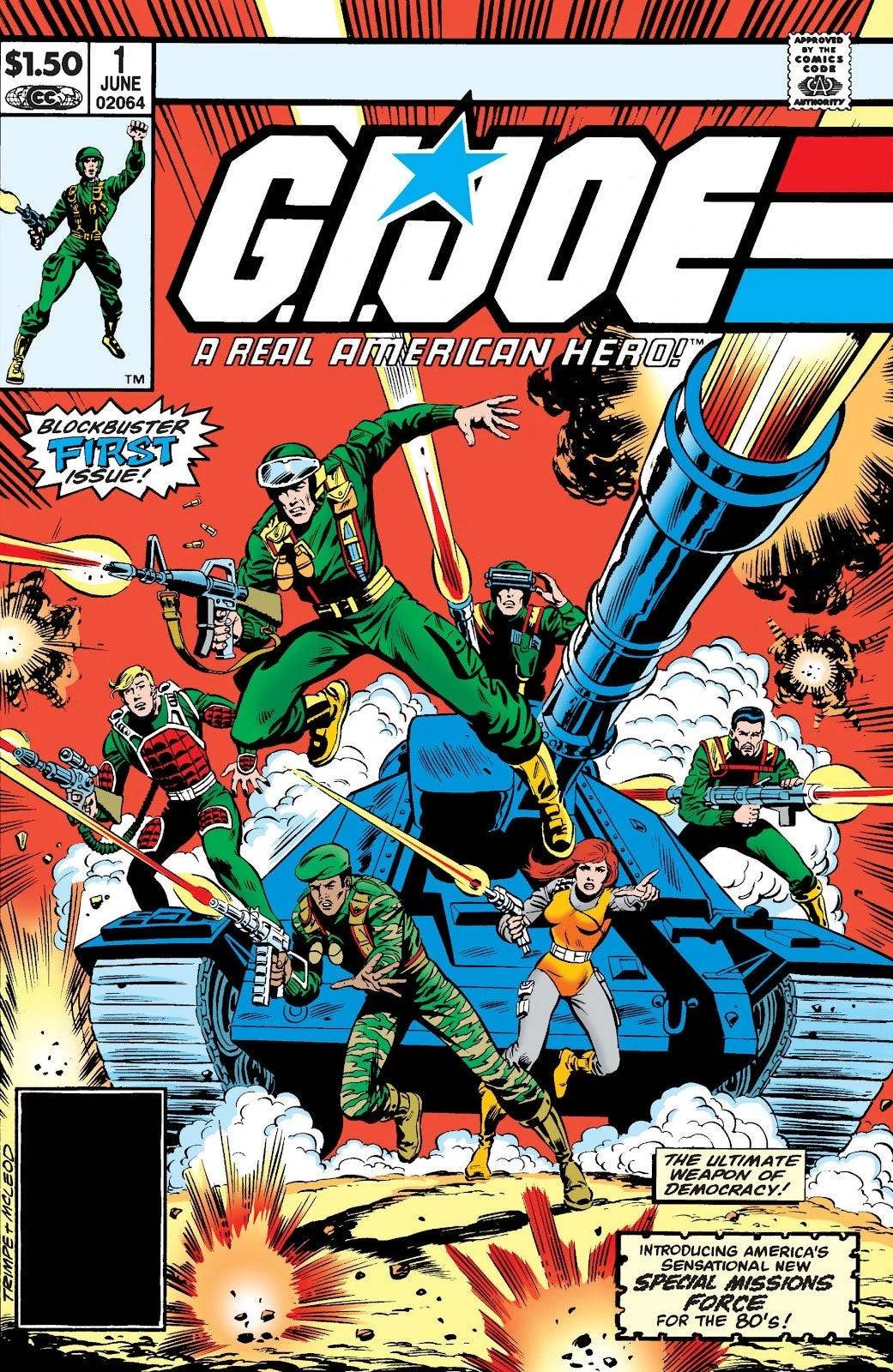Were the 1980s the Greatest Decade for Marvel?
The 1970s marked a period of significant transformation for Marvel Comics, introducing iconic storylines like “The Night Gwen Stacy Died” and Doctor Strange's encounter with God. However, it was the 1980s that truly became a golden era for the publisher, witnessing legendary runs by some of the industry's greatest creators. This era was defined by Frank Miller's transformative work on Daredevil, John Byrne's Fantastic Four, David Michelinie's Iron Man, and the zenith of Chris Claremont's X-Men. Additionally, Roger Stern's Amazing Spider-Man and Walt Simonson's Thor were just around the corner, solidifying the decade's impact on Marvel's enduring legacy. These creators and their stories are pivotal to understanding why these characters remain beloved today.
When examining the comprehensive history of the Marvel Universe, the 1980s stand out as a potential golden age for the company. Join us as we delve into Part 7 of our exploration of Marvel's essential issues!
More Essential Marvel
- 1961-1963 - The Birth of a Universe
- 1964-1965 - The Sentinels Are Born and Cap Dethaws
- 1966-1969 - How Galactus Changed Marvel Forever
- 1970-1973 - The Night Gwen Stacy Died
- 1974-1976 - The Punisher Begins His War on Crime
- 1977-1979 - Star Wars Saves Marvel From Bankruptcy
- The Dark Phoenix Saga and Other All-Time X-Men Stories
Chris Claremont's defining run on X-Men, which began in 1975, reached its pinnacle in the early 1980s with three seminal stories. The Dark Phoenix Saga, spanning X-Men #129-137, is arguably the most celebrated X-Men narrative ever. It chronicles Jean Grey's transformation into the Dark Phoenix, a cosmic entity corrupted by the Hellfire Club. This epic, co-plotted and illustrated by John Byrne, introduced pivotal characters like Kitty Pryde (Shadowcat), Emma Frost, and Dazzler. Jean's ultimate sacrifice remains a poignant moment in X-Men lore, despite her eventual return. The saga has been adapted multiple times, with varying degrees of success in films like X-Men: The Last Stand and Dark Phoenix, while animated series such as X-Men: The Animated Series and Wolverine & the X-Men have captured its essence more effectively.
Following closely was Days of Future Past in X-Men #141-142, a landmark tale involving the Sentinels, mutant-hunting robots first introduced by Stan Lee and Jack Kirby. This story features an adult Kitty Pryde traveling back in time to avert the assassination of Senator Robert Kelly, an event that leads to a dystopian future ruled by Sentinels. Despite its brevity, this arc has left a lasting impact, with the Days of Future Past reality being revisited by numerous creators. It inspired the 2014 film X-Men: Days of Future Past and served as the foundation for the season arc in Wolverine & the X-Men.
Completing the trio of iconic X-Men stories from this era is X-Men #150, where a confrontation with Magneto nearly results in Kitty Pryde's death, prompting the revelation of Magneto's Holocaust survivor backstory. This pivotal moment has since defined Magneto's complex character arc, shifting him towards a more morally ambiguous figure.

The First Appearances of Rogue, She-Hulk, and the New Mutants
The 1980s also saw the introduction of significant new characters, notably female heroes. Rogue, a fan-favorite X-Men member, initially appeared as a villain in Avengers Annual #10. As part of Mystique's Brotherhood of Evil Mutants, Rogue drained Carol Danvers' (Ms. Marvel) powers, dramatically altering both characters' trajectories. This issue also highlighted Carol's disillusionment with the Avengers due to their inaction during her ordeal with Marcus Immortus in Avengers #200. Although challenging to adapt, Avengers Annual #10 remains a crucial chapter in Marvel's history.

She-Hulk made her debut in Savage She-Hulk #1, marking the final character co-created by Stan Lee during his original Marvel tenure. Jennifer Walters, Bruce Banner's cousin, gains similar powers following an emergency blood transfusion. While her initial solo series was not particularly successful, She-Hulk's character flourished upon joining the Avengers and Fantastic Four. Tatiana Maslany later portrayed She-Hulk in her MCU series.
The New Mutants, the first X-Men spin-off series, debuted in Marvel Graphic Novel #4 before transitioning to their own title. The team, comprising teenage mutants such as Cannonball, Sunspot, Karma, Wolfsbane, and Dani Moonstar (later Mirage), introduced a new generation of heroes. Illyana Rasputina (Magik), Colossus's younger sister, joined the group in issue #15, shaping many of her future stories. The lineup featured in the 2020 New Mutants film, with Anya Taylor-Joy as Magik, was drawn from this era.
Iconic Storylines for Daredevil, Iron Man, and Captain America
Daredevil #168 stands out as a transformative issue, marking the start of Frank Miller's writer-artist run and the introduction of Elektra. Miller's two-year saga redefined Daredevil with elements of gritty realism and crime noir, featuring the rise of Kingpin as Matt Murdock's nemesis, the backstory involving Stick, the first clash with the Punisher, and the iconic death of Elektra by Bullseye in issue #181. Miller's run, spanning Daredevil #168-191, inspired the 2003 film, the 2015 Netflix series, and the upcoming MCU show Daredevil: Born Again.
Two major Avengers also had significant storylines in the early 1980s. David Michelinie and Bob Layton's Doomquest in Iron Man #149-150 saw Iron Man's first solo confrontation with Doctor Doom, leading to a time-travel adventure set during the Arthurian era. Iron Man allies with King Arthur, while Doom conspires with Morgan le Fay, setting the stage for future collaborations between Doom and Morgan. This arc cemented Doom's place in Iron Man's rogues gallery, despite his primary rivalry with Mr. Fantastic.

Roger Stern and John Byrne's brief but impactful run on Captain America included the darker tale of Cap's battle with Baron Blood in Captain America #253-254. This story, involving the Nazi vampire John Falsworth, ties into Cap's WWII history with the Invaders and offers compelling storytelling and artwork.
Moon Knight Becomes a Hero and Marvel Helps Create the G.I. Joe Mythology
Moon Knight's transition from antagonist to hero was solidified with the release of Moon Knight #1. Originally introduced in Werewolf by Night #32, Moon Knight's full heroic persona was established in his solo series, along with his alternate identities, Steven Grant and Jake Lockley. This issue laid the groundwork for all subsequent Moon Knight narratives.

While G.I. Joe is not owned by Marvel, the company played a crucial role in developing its mythology. Starting in 1982, Marvel's comic tie-in to the Real American Hero toy line, spearheaded by editor Archie Goodwin and writer Larry Hama, introduced iconic characters like Scarlett, Snake Eyes, Storm Shadow, Lady Jaye, and the Baroness. Hama's storytelling and character development made G.I. Joe a top-selling title in the mid-1980s, particularly resonating with female readers due to its balanced portrayal of female characters.








